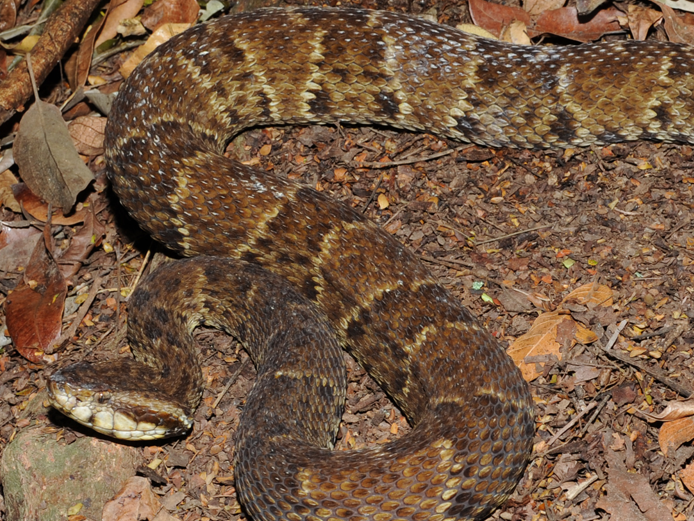Highlights
Snake
venom evolution
Studies on the diversification and evolution of snake venoms were carried out. We investigated the neglected venoms of rear-fanged snakes by a multiomics study of Phalotris mertensi and by a meta-analysis of available sequences from colubrids. We showed that rear-fanged snakes possess new toxin families, such as MMPs and Lipase A, and that some evolutionary trends of their venoms, such as structural simplification of metalloproteinases, parallel those of front-fanged species. The impact of protein glycosylation on variation of venom proteomes is also poorly understood. We analyzed Bothrops venoms and showed that N-deglycosylation similarly affects the catalytic activities of proteinases, suggesting that N-glycans play a role in the concerted activities of proteinases upon envenomation. We also reported that Bothrops venom glycoproteomes and N-glycomes contain a core of components that markedly define their composition, which is conserved upon evolution as other molecular markers that determine their phylogenetic classification.
